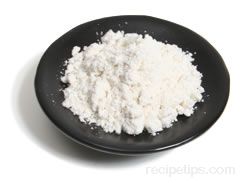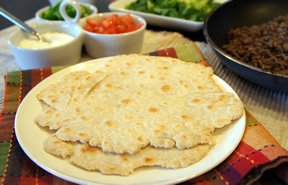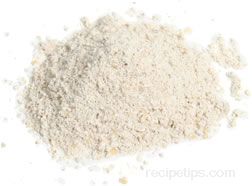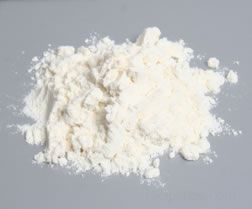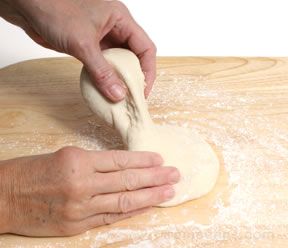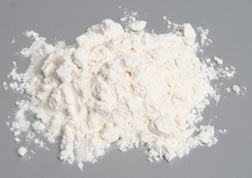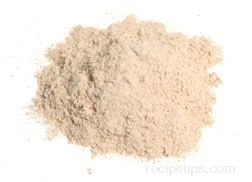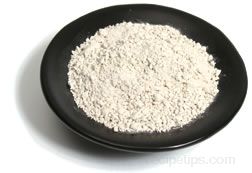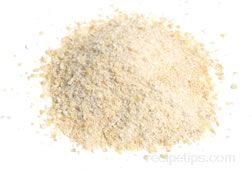Loading
Self-Rising Flour
A type of wheat flour in which the leavening agent has already been added. The leavening agent is generally in the form of baking powder. Salt is also commonly added to the mixture, so the sodium content is much higher than other types of flour. Self-rising flour is most often included in commercially prepared packaged mixes, such as cake mixes, and was developed as a means of saving time for the home cook. It is very popular in the southern United States.
Self-rising flour can be created by combining 1½ teaspoons of baking powder with a ½ teaspoon of salt and 1 cup of all-purpose flour. This substitute equals a cup of self-rising flour. Self-rising flour should not be used in preparing yeast breads and it is also worth noting that the leavening agent tends to lose its effectiveness the longer the flour is stored.
There currently aren't any reviews or comments for this term. Be the first!
Advertisement
Advertisement

